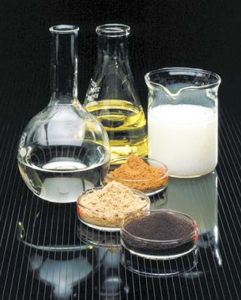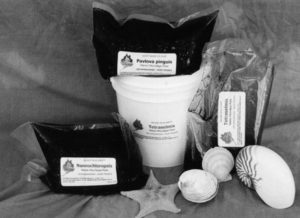
Phospholipids in shrimp feeds
Phospholipids are compounds that combine a water-soluble phosphate group at one end with fat soluble fatty acids at the other.
There is limited information available concerning the optimal requirements for broodstock nutrition for most of global aquaculture production.

Phospholipids are compounds that combine a water-soluble phosphate group at one end with fat soluble fatty acids at the other.

A shrimp feed management survey indicated that Australian farmers placed a high importance on better estimations of feed demand in improving FCR.

Of all the sources of animal protein and energy available for aquafeeds, the largest is rendered animal byproducts.

The use of worms – insect larvae, terrestrial earthworms and aquatic oligochaetes – in fish and shrimp culture is generating interest.

From a nutritional standpoint feed development guidelines should be followed when establishing feeding regimes for farming systems.

Two companies, INVE and Seabait, have recently joined forces to make the ragworm available to the aquaculture industry worldwide.

Feed is the source of enriching nutrients in rainbow trout farming, and most efforts to lower pollution from trout farms involve modifications of feeds.

Dry artificial diets for shrimp offer reliable supply, reproducible and controlled quality, ease of use and improved stability under storage.

The culture of tropical freshwater fishes has led aquaculture development in Brazil, where many areas have the required characteristics to grow the industry.

Information on catfish nutrition was practically nonexistent in the late 1950s and early 1960s when catfish farming first started.

Feeding trials with a new shrimp feed were conducted at the Oceanic Institute with three different feeding regimes and two tank covers.

Spirulina platensis is an edible planktonic filamentous bluegreen algae that can be used in fish feeds and as a supplement when feeding prawn larvae.

An alternative to growing microalgae on-site is concentrated microalgae paste from marine microalgae mixed with a food grade preservative.

Like most questions concerning larval shrimp nutrition, there are no simple answers that can be applied to all hatcheries universally.

No single manufacturing method for larval feeds is optimal for all feeding situations. Several criteria apply, such as palatability and nutrient stability.